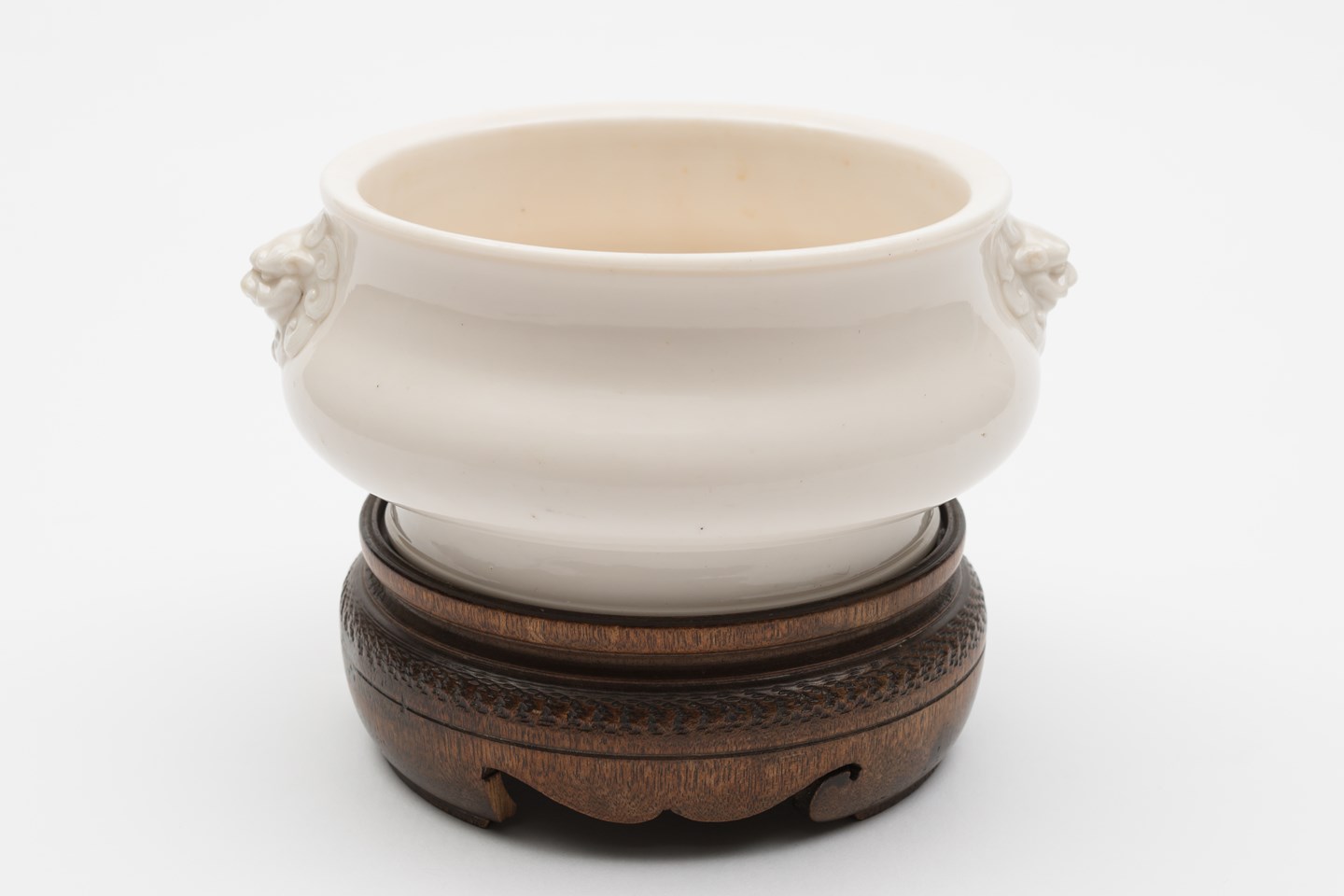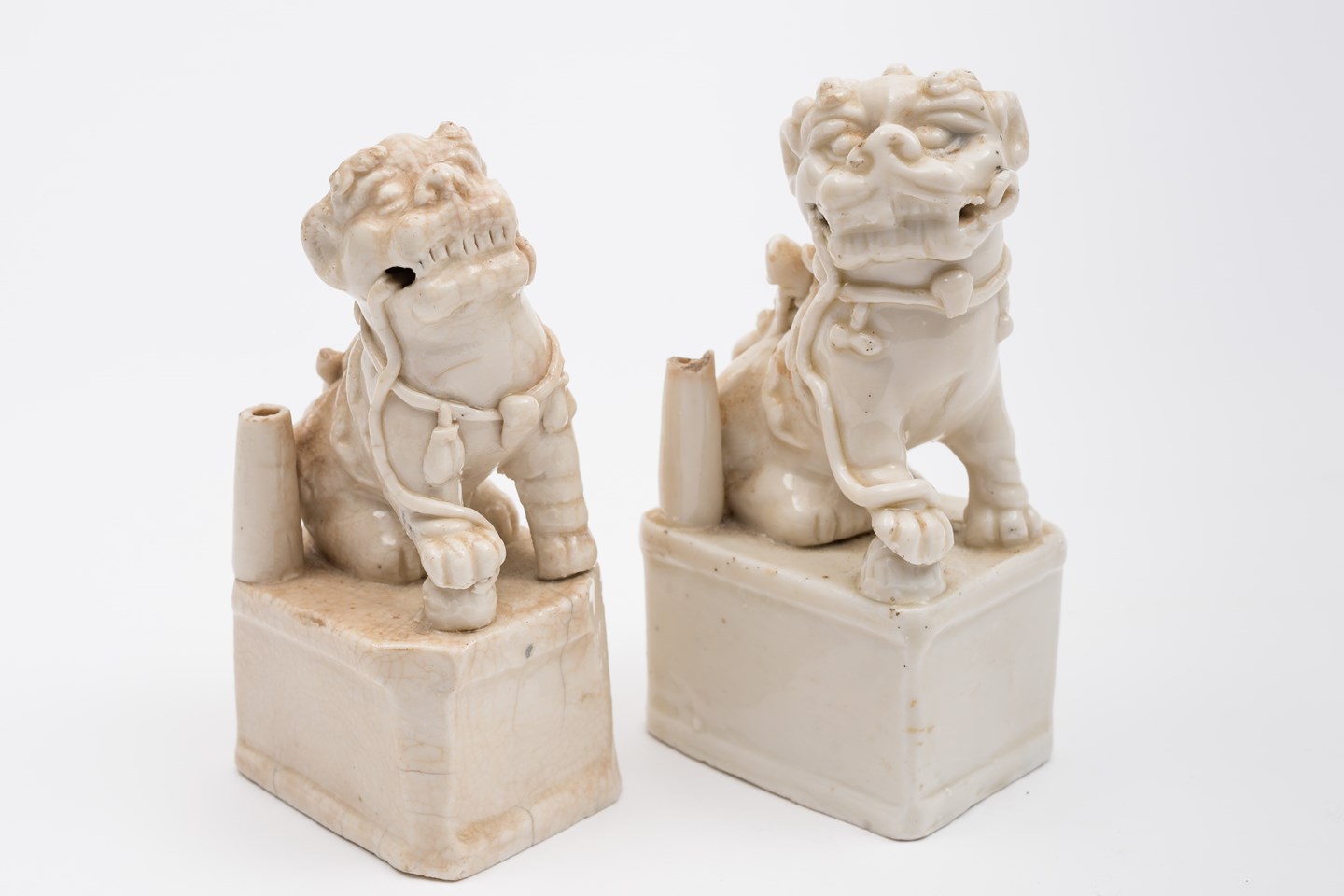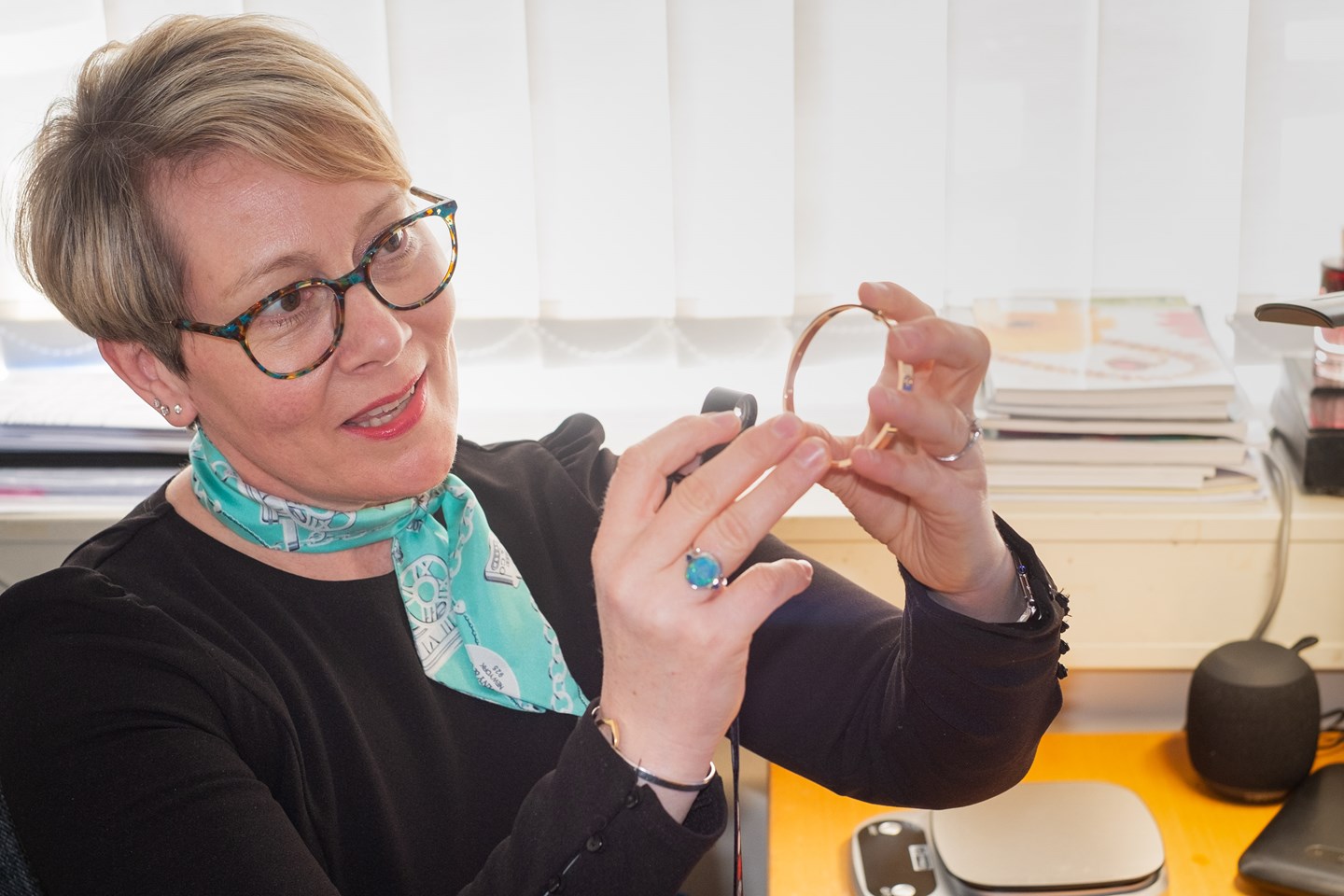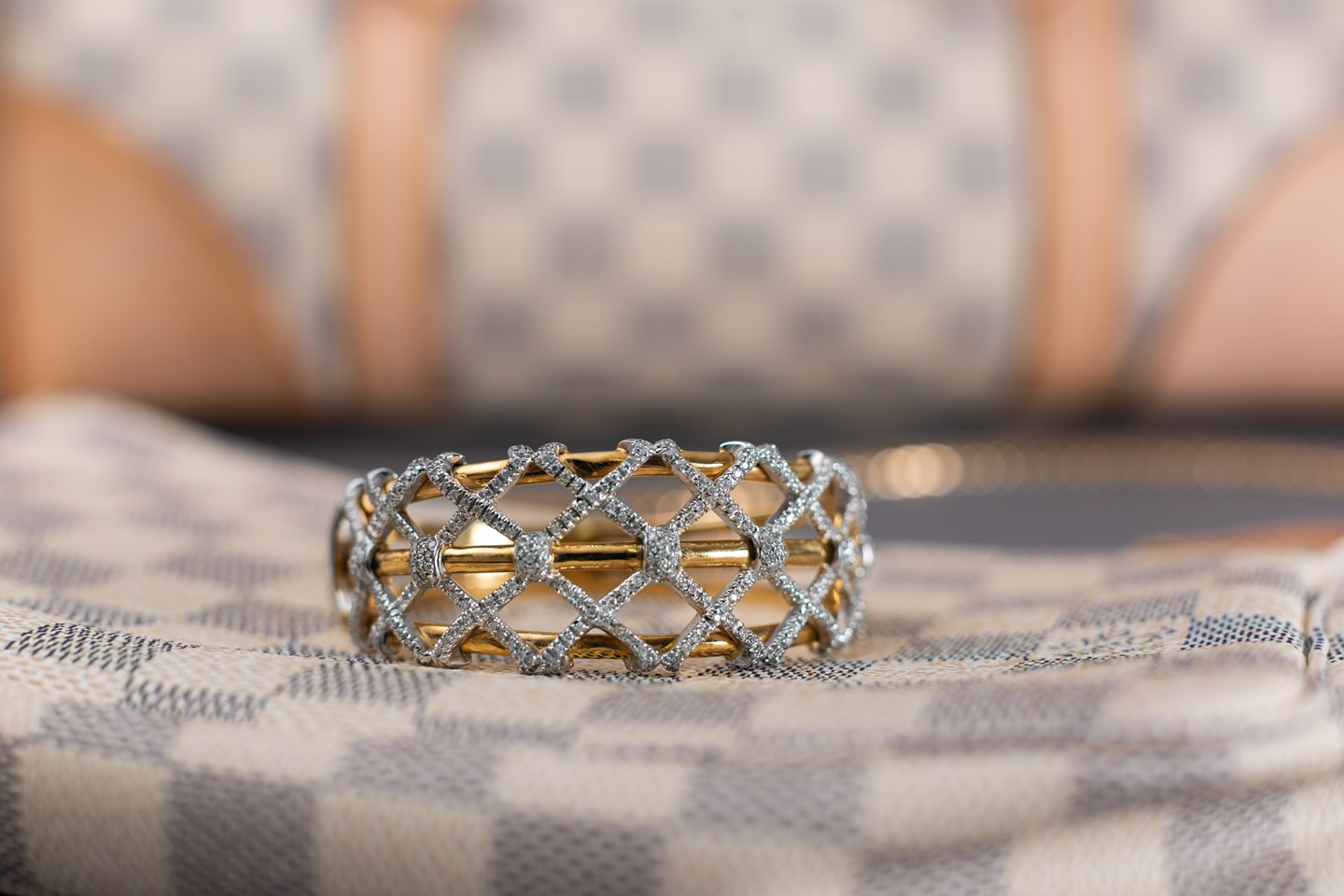Characteristically made with white or off-white clay it is covered with a thick clear or creamy white glaze – hardly surprising given its nomenclature. The base often has a granular sugar like appearance or more often than not has multiple small cracks and fissures suggesting that the clay had dried too quickly. Blanc de Chine is comprised of three main groups Sculpture, almost exclusively Taoist or Buddhist deities and mythical lion dogs, Round Wares such as vases, bowls and censers and finally Pressed Wares for the academics table which include seals, paste boxes, water droppers, ink stones and the like.
Whilst some Blanc de Chine was produced for export, much of the output from Dehua was for domestic consumption, it was perhaps rather too plain and discrete for European tastes and in comparison to the favoured blue and white and enamelled wares it was cheaper to produce. During its heyday many millions of pieces of this white porcelain were produced, a large hillside kiln could hold 13,000 pieces in a single firing, which does rather raise the question as to why there are surprisingly few survivors of this ware. Where has it all gone?






